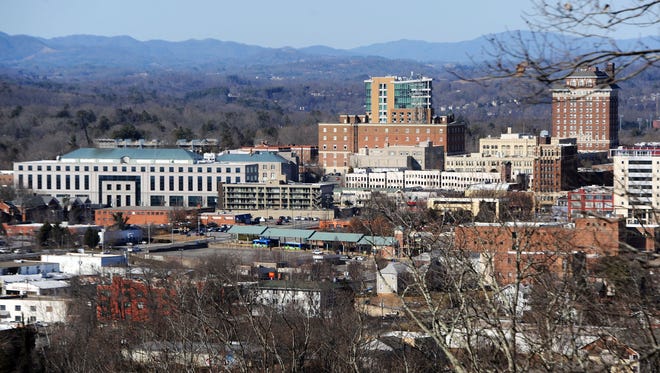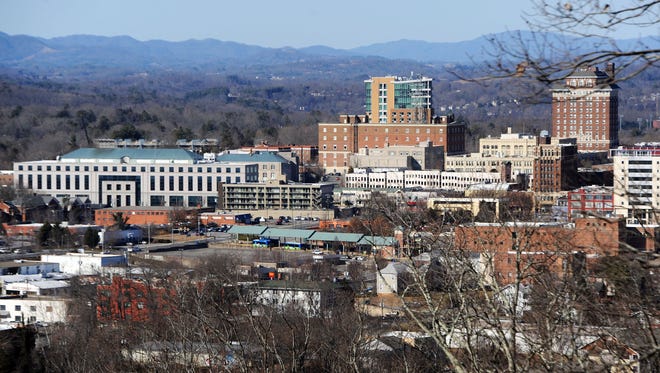
In 2006, when Scott Shuford was Asheville’s planning director, he reluctantly accepted a friend’s invitation to attend a meeting about the impact of climate change on local governments.
“I didn’t see how a 2-degree temperature change could affect the community,” he recalled, referring to the predicted rise in earth temperatures in years to come. “But I agreed to attend, thinking it would only be about 15 minutes.
“After about an hour-and-a-half I came out of the meeting drenched in sweat.”
All the plans he had drafted up to that day suddenly seemed to have overlooked an unsettled future fraught with unanticipated challenges. Those 2 degrees of temperature change meant greater threats of weather extremes — of torrential rains, devastating floods, and landslides, and of their opposites, extended drought and wildfire.
“We weren’t ready,” Shuford said of Asheville’s infrastructure at the time. “We still had stormwater pipes made of oak trees from 100 years ago.”
But none of those natural threats holds the potential to forever alter Asheville and its surrounding counties as much as a different one: climate refugees.
Asheville booms as ‘safe city’
“Asheville is becoming known as a ‘safe city,’” said Mary Spivey, community manager of The Collider, an organization for local professionals engaged in climate services. “Many people are starting to migrate here and are using that term. Many others are claiming a spot so that they may come here…


























































